An Overview of Brewer Science’s Process Control System
The Advanced Supply Quality Philosophy at Brewer Science is rooted in the goal of having an in-depth understanding and relation across the supply chain, from sub-suppliers to customers, to improve quality and minimize disruptions. This can be achieved through the various capabilities within Brewer Science’s Process Control System, including the evaluation of process tolerance and process variation, control limit ratios, supply chain functions, advanced product quality planning (APQP) method application, and excursion response. These functions allow us to perform data analysis that is required by some customers, but benefits all customers, through better management of our supply chain.
Process tolerance and process variation are traditionally evaluated as quality system monitors. For example, P/T 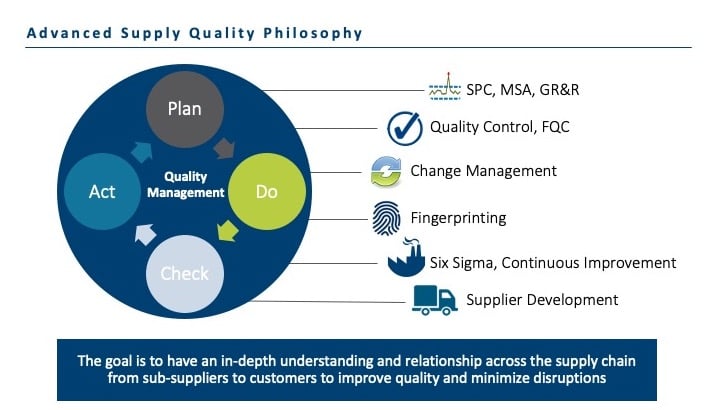 (precision to tolerance ratio) flags would require measurement systems analysis (MSA) review and customer exception approval, per customer requirements. The P/T indicates the amount of variation that is due to metrology; if a flag exists this may indicate that a metrology is no longer considered capable and new metrology methods must be investigated.
(precision to tolerance ratio) flags would require measurement systems analysis (MSA) review and customer exception approval, per customer requirements. The P/T indicates the amount of variation that is due to metrology; if a flag exists this may indicate that a metrology is no longer considered capable and new metrology methods must be investigated.
A control limit ratio is used to determine if control limits need adjustment. If adjustment is needed, the change is evaluated against customer change control requirements per our documented Change Control Process. Continual identification and implementation of control and specification limit reduction allows Brewer Science to deliver material with consistency. Brewer Science has been able to offer control limit (consistency in the performance of a process) and specification limit (ensuring the intended results on the metric that is being measured) by tightening recommendations to our customers proactively, rather than waiting for them to ask, because of the use of these tools. Brewer Science’s Quality Engineering department is averaging a control limit tightening of about 40% on a variety of characteristics and specification limit tightening of about 50%. Continuous improvement through the implementation of specification and control limit reduction allows Brewer Science to deliver a more consistent material. These updates impact all customers even though they may be driven by another customer’s requirements.
Monitoring the supply chain involves the continuous activities of three main functions: development, monitoring, and sourcing. Development includes engaging with suppliers to improve quality systems. Monitoring ensures supply chain health and provides feedback for necessary changes. Sourcing involves working with new and existing suppliers to continuously improve materials. Brewer Science builds upon this fundamental approach of supply chain monitoring by applying APQP methodologies to this process.
Applying APQP methodologies to supply chain development ensures the voice of the customer is clearly understood and translated into requirements and technical specifications. The focus of APQP is the utilization of tools and methods for mitigating the risks associated with change in the product or process, which simultaneously supports the early identification of change resulting in exciting innovation! During the initial stage of planning and sourcing, responsibilities include searching, defining initial specifications, setting up nondisclosure agreements, and establishing pricing. The next step of APQP depends on whether we are developing a product or a process. For product development, the tasks include failure mode effects analysis (FMEA), initial specification requirements, wafer testing, and formulating quality samples. During a process development, tasks such as process failure mode effects analysis (PFMEA), pre-launch control plan development, and capability and capacity validation happen. Next, the product or process is validated through sending a qualification batch to customers, finalizing a production control plan, Gauge Repeatability and Reproducibility (GR&R) testing, and Statistical Process Control evaluation. These processes are essentially statistical mathematical systems for monitoring, controlling, and improving a process or product. Lastly, production stage occurs after customer approval is provided and transfer to manufacturing is finalized.
Excursion response is how we manage decision making when there is a deviation in the product or process. It is essential to monitor in order to ensure material purity and further our development to Zero Defects. To learn more about this concept, please read, “Proactive Approach to Defect Reduction in the Supply Chain”. In order to be more prepared to handle excursions, Brewer Science has had an active material fingerprinting program since 2012, amassing huge amounts of data characterizing its raw materials and manufacturing processes. There are structured approaches to problem solving that involve material process mapping and identifying the key parameters to monitor and test. Having this process within the supply chain ensures that when an excursion happens, t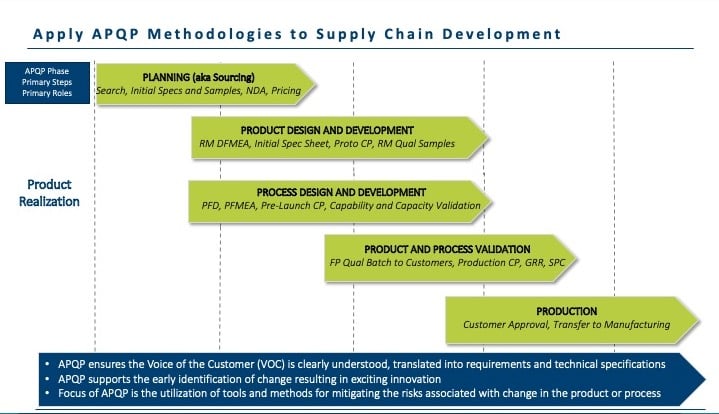 he supply chain is not starting from scratch and can rely on previous material knowledge. Existing data has helped narrow down and find root causes quickly. Previously generated material knowledge allows the supply chain to be in control faster, minimizing downtime and impact on customers.
he supply chain is not starting from scratch and can rely on previous material knowledge. Existing data has helped narrow down and find root causes quickly. Previously generated material knowledge allows the supply chain to be in control faster, minimizing downtime and impact on customers.
Brewer Science provides highly customizable and innovative solutions for customers, which are achieved by ensuring advanced quality control and supply chain management for lithography materials. By monitoring the supply chain and using data to evaluate variances in material purity and excursions, Brewer Science is working with our supply chain to drive improvements and to prevent recurrence of issues that arise and may result in customer issues, thus driving our progress towards Zero Defects. Learn more about Brewer Science’s commitment to quality by reading about our Zero Defects program.


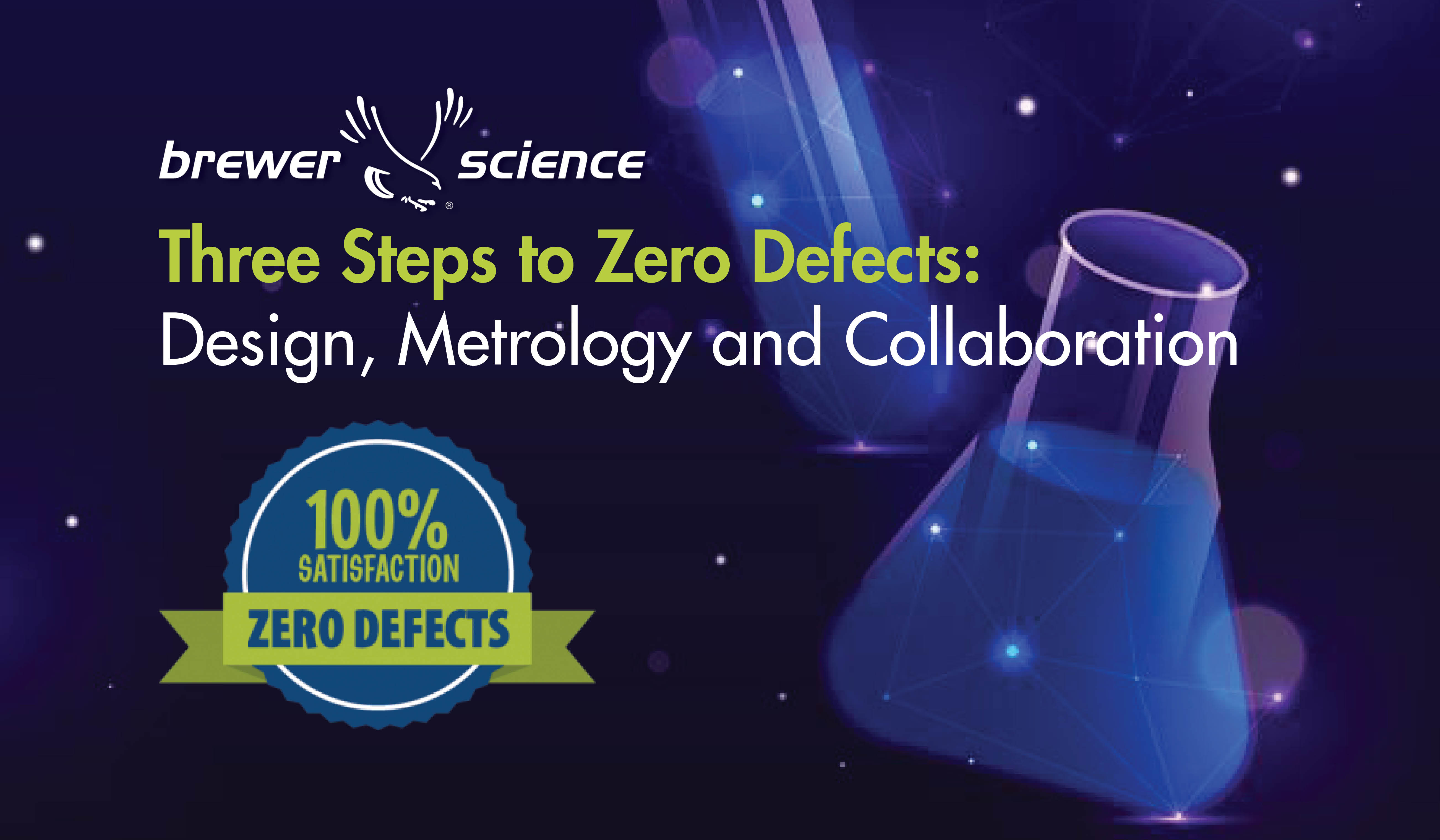
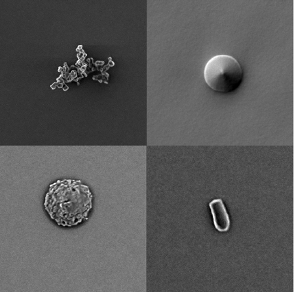
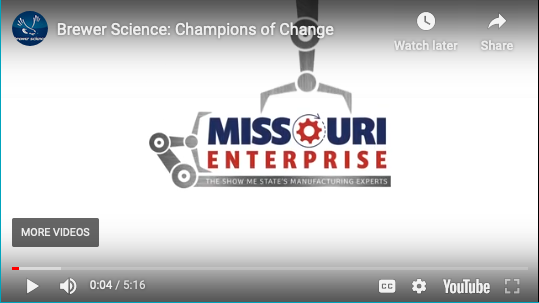
Subscribe to Our Blog